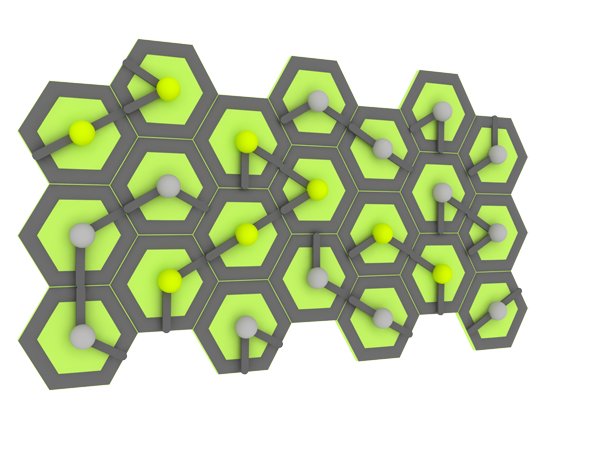FINAL PROJECT PROPOSAL
Sarah Hirschman M.Arch. 2011
My final project proposal begins with an idea I was working on last semester, involving a hexagonal wall panel system that could tesselate. This means that each individual component could change orientation, and still fit into the overall system, while changing the way that patterns were created across the surfaces.
Essentially, what excited me about this was the potential for creating different paths through a single construction which could be changed.
In this project, I was running circuits through each of the ridges, and connecting panels with led-embedded cast foam lightbulbs, with the intent that the bulbs would light up, indicating where a complete circuit was formed.

In this earlier project, the lightbulbs wold be conductive connection between panels, as well as the light-up indicator that current was running through them.
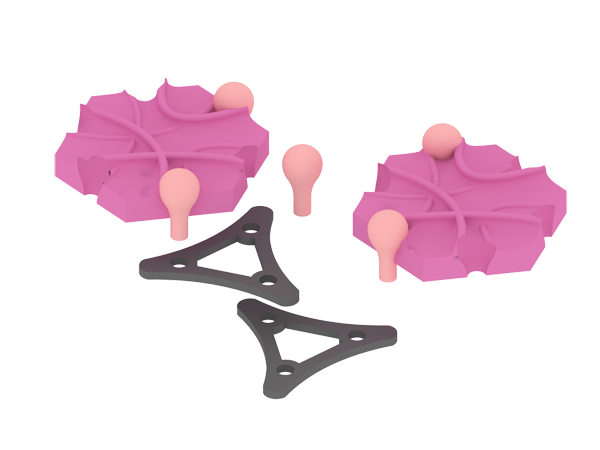
One of my inspirations for a modification for the panel project was this "analog clock" by Humans Since 1982, a design team. You can check out their website here.
What I like here is the "digital" readout through analog means.
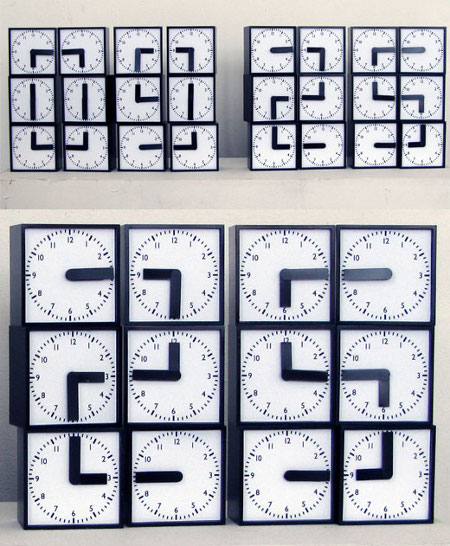
My idea is to use the hexagonal tesselated panels in a similar "clock" way, to produce almost networked effects across the face of the construction.
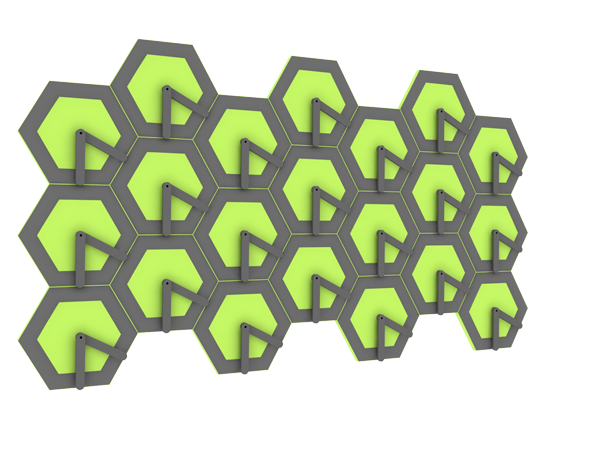
This animation doesn't quite demonstrate the type of control I'd like to have, but it does show how you might be able to create unexpected shapes through the connections of the clock arms.
The panels could be programmed such that connections were made across them dynamically, something my earlier panels weren't capable of, and something that indicates the potential for a greater level of control for the programmer/designer.
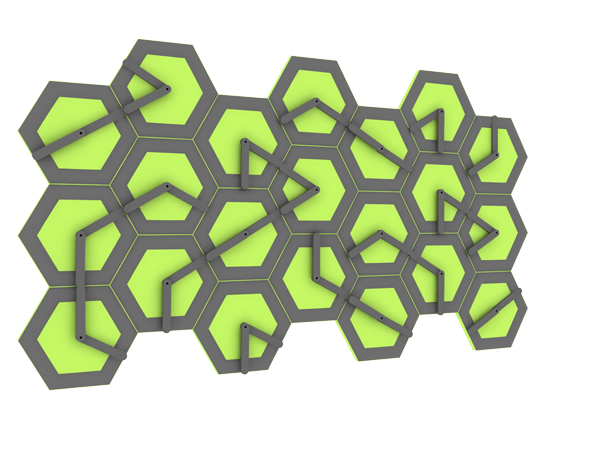
I like the simplicity (and the look) of lightbulbs as easy visual indicators that a circuit is present, but I'm not sure that I would want them to be this aggressive in their display.
